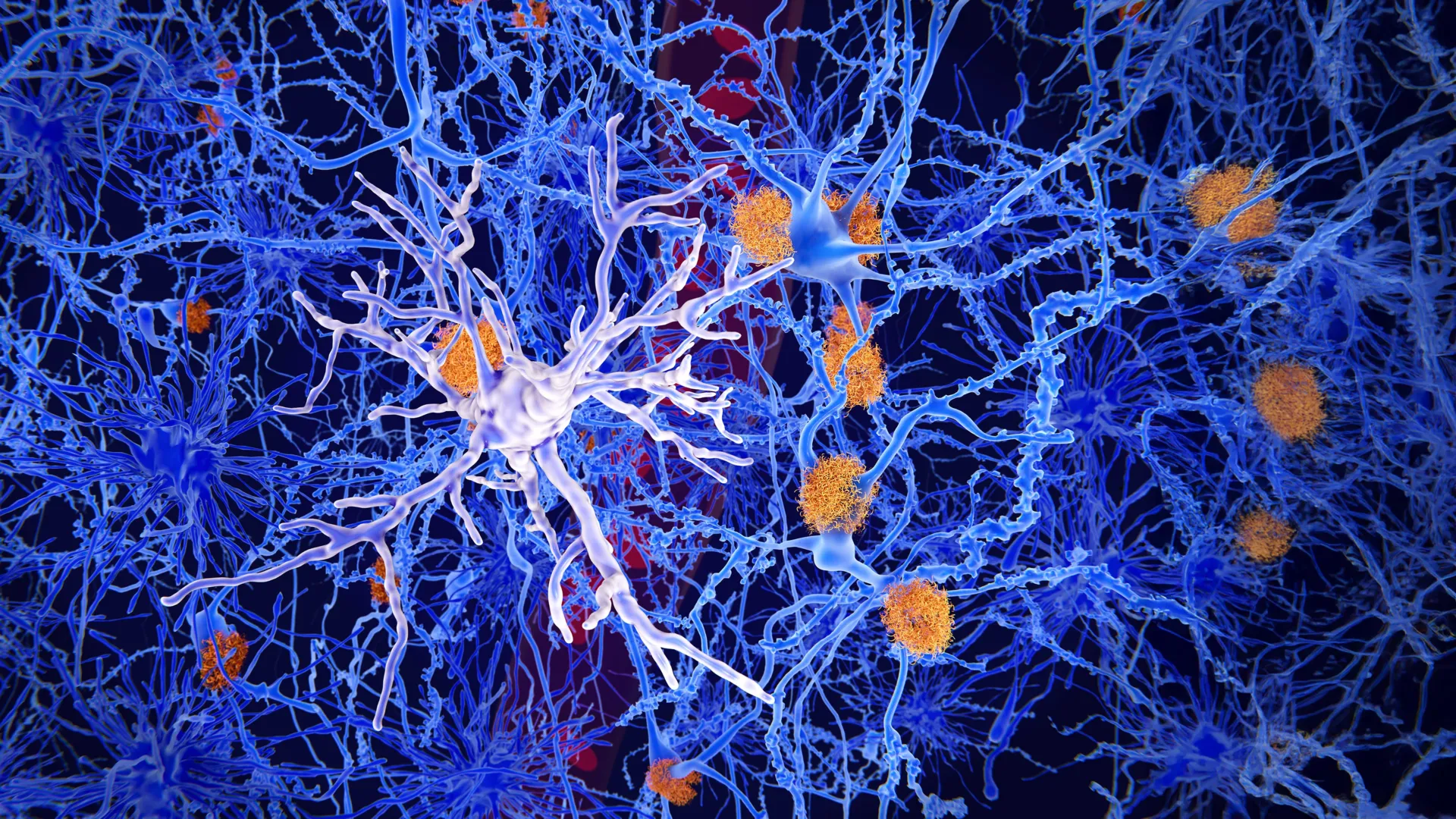Health
Researchers Discover Immune Cells That May Combat Alzheimer’s

Researchers at the Icahn School of Medicine at Mount Sinai have made significant strides in understanding Alzheimer’s disease by identifying immune cells in the brain that could help slow its progression. These findings, published on November 5, 2025, in the journal Nature, reveal how specific microglia—immune cells in the brain—can reduce inflammation and block the spread of harmful proteins associated with the disease.
Alzheimer’s disease is the most common cause of dementia, and the role of microglia is complex. While these cells can protect the brain by clearing debris, they can also contribute to damage and inflammation under certain conditions. The research team, collaborating with scientists from the Max Planck Institute for Biology and Ageing in Cologne, Germany, and other institutions, discovered a unique subset of microglia that appear to offer protective benefits against Alzheimer’s.
In the study, researchers found that microglia exhibiting low levels of a transcription factor known as PU.1 and high expression of a receptor called CD28 play a crucial role in controlling inflammation in the brain. These specialized microglia not only help slow the buildup of amyloid plaques but also inhibit the spread of toxic tau proteins, both of which are hallmark features of Alzheimer’s.
How these protective microglia function is particularly noteworthy. Using mouse models of Alzheimer’s, as well as human brain cells and tissue samples, the team demonstrated that lowering PU.1 levels prompts microglia to express receptors typically found in lymphoid cells, which are vital for immune regulation. Although this protective subset constitutes only a small portion of total microglia, their influence is significant, as they help suppress widespread inflammation and preserve memory in mice.
When the researchers removed CD28 from this microglial subset, they observed an increase in inflammation and plaque formation. This confirmed that CD28 is essential for maintaining the protective capabilities of these cells.
Anne Schaefer, MD, PhD, a professor in the Nash Family Department of Neuroscience at the Icahn School of Medicine and a senior author of the study, stated, “Microglia are not simply destructive responders in Alzheimer’s disease—they can become the brain’s protectors.” She emphasized the importance of international collaboration in advancing scientific understanding of complex conditions like Alzheimer’s.
In addition, Alexander Tarakhovsky, MD, PhD, from The Rockefeller University, noted that this discovery highlights how molecules known for their roles in B and T lymphocytes also influence microglial activity. He pointed out that the findings pave the way for new immunotherapeutic strategies targeting Alzheimer’s disease.
The study also builds on prior genetic research led by Alison M. Goate, DPhil, who identified a genetic variant in the SPI1 gene, responsible for producing PU.1, linked to a reduced risk of developing Alzheimer’s disease. Dr. Goate commented, “These results provide a mechanistic explanation for why lower PU.1 levels are linked to reduced Alzheimer’s disease risk.”
The relationship between PU.1 and CD28 opens up a new molecular framework for understanding microglial functions and suggests that targeting these immune cells could significantly alter the course of Alzheimer’s.
This research was supported by several prestigious organizations, including the National Institutes of Health, the European Research Council, and the Alzheimer’s Association, among others. The findings represent a pivotal step forward in the quest for effective therapies for Alzheimer’s disease, offering hope to millions affected by this devastating condition.
-

 Science3 weeks ago
Science3 weeks agoIROS 2025 to Showcase Cutting-Edge Robotics Innovations in China
-

 Politics3 weeks ago
Politics3 weeks agoJudge Considers Dismissal of Chelsea Housing Case Citing AI Flaws
-

 Lifestyle3 weeks ago
Lifestyle3 weeks agoStone Island’s Logo Worn by Extremists Sparks Brand Dilemma
-

 World4 weeks ago
World4 weeks agoBravo Company Veterans Honored with Bronze Medals After 56 Years
-

 Health3 weeks ago
Health3 weeks agoStartup Liberate Bio Secures $31 Million for Next-Gen Therapies
-

 Science4 weeks ago
Science4 weeks agoArizona State University Transforms Programming Education Approach
-

 Health4 weeks ago
Health4 weeks agoTop Hyaluronic Acid Serums for Radiant Skin in 2025
-

 World3 weeks ago
World3 weeks agoHoneywell Predicts Record Demand for Business Jets Over Next Decade
-

 Sports4 weeks ago
Sports4 weeks agoYamamoto’s Mastery Leads Dodgers to 5-1 Victory in NLCS Game 2
-

 Top Stories3 weeks ago
Top Stories3 weeks agoIndonesia Suspends 27,000 Bank Accounts in Online Gambling Crackdown
-

 Sports4 weeks ago
Sports4 weeks agoMel Kiper Jr. Reveals Top 25 Prospects for 2026 NFL Draft
-

 Lifestyle4 weeks ago
Lifestyle4 weeks agoMary Morgan Jackson Crowned Little Miss National Peanut Festival 2025









